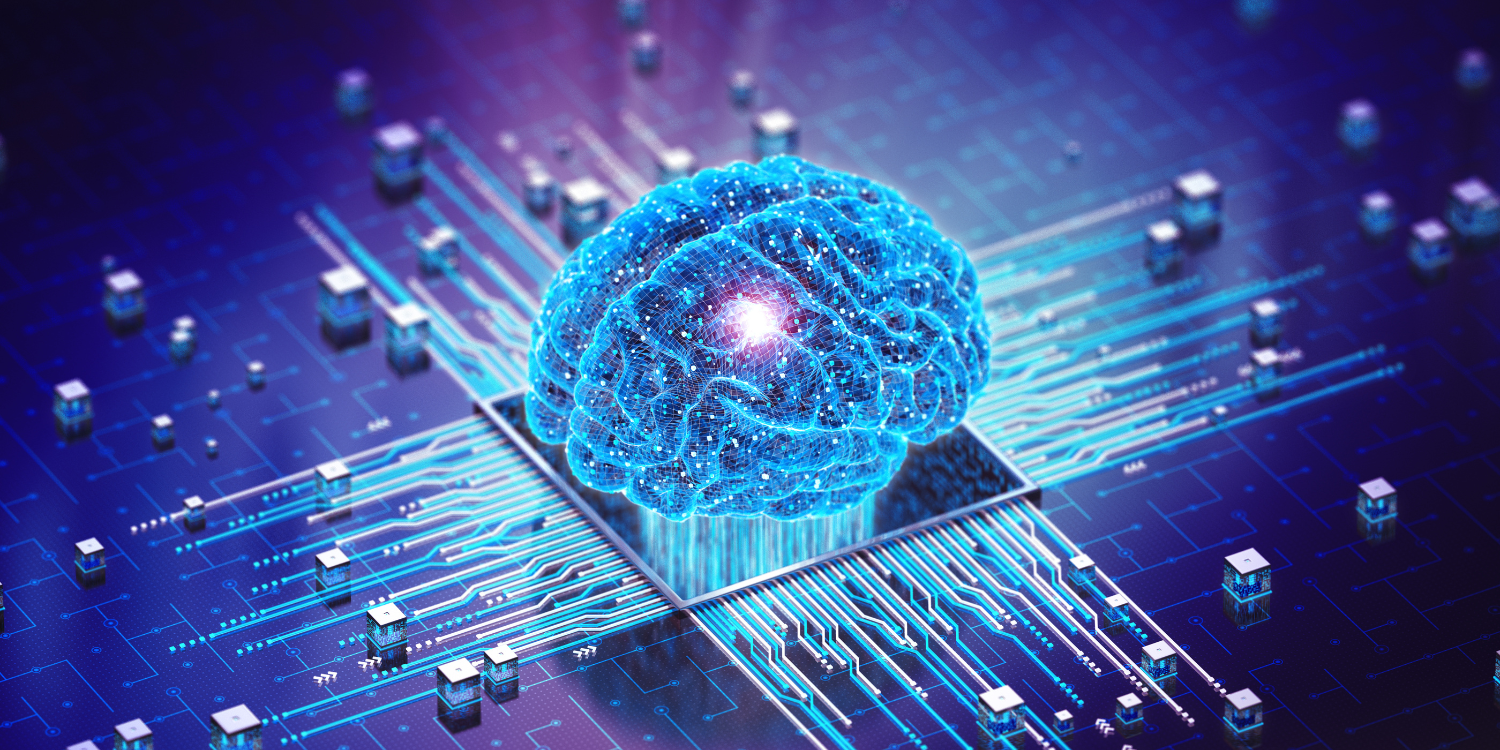- In an increasingly digitised world, the exponential growth of technologies such as AI, data centres and cryptocurrencies is leading to a significant increase in electricity consumption..
- This is expected to double by 2026, posing significant challenges in terms of sustainability and energy efficiency.
- Global energy consumption growth fell from 2.4% to 2.2% in 2023, but is expected to rise to 3.4% by 2026. China and India will be the main contributors to this growth.
Data centres
Data centres are critical infrastructures that house servers and network equipment necessary for the processing and storage of digital information. One third of them are located in the United States.
With the rise of cloud storage, content streaming, artificial intelligence and other data-driven technologies, the demand for processing and storage capacity is constantly growing. This translates directly into higher energy consumption to keep these data centres running.
About 1% of the world’s energy is consumed by these centres. It is estimated that currently 40% of this energy is used for computing operations, another 40% is used for cooling equipment and the remaining 20% is related to other information devices.
Artificial intelligence
Artificial intelligence is an unstoppable technology that is finding wide application in a variety of industries, from healthcare and automotive to finance and logistics, but it also requires huge amounts of data and intensive processing.
AI energy consumption expected to increase tenfold between 2023 and 2026. ChatGPT alone would consume almost 10 TWh per year in that period, with each ChatGPT request consuming almost ten times the energy of a Google search..
Putting the data on the table, OpenAI’s GPT-3 development alone consumed 78,437 kWh, which is equivalent to the average energy consumption of a Spanish household for 23 years. These figures demonstrate the urgent need for energy efficiency measures linked to this technology.
Cryptocurrencies
Cryptocurrencies, such as Bitcoin and Ethereum, have gained popularity in recent years as a form of investment and a decentralised medium of exchange. However, the process of mining cryptocurrencies, which involves solving complex mathematical problems to verify transactions and secure the network, requires a considerable amount of computing power and thus electricity.
In specific terms, Bitcoin consumed 120 TWh in 2023, out of a total of 130 TWh used in all cryptocurrency mining. The latter figure increased from 110 TWh in 2022, when it accounted for 0.4% of global energy consumption. The International Energy Agency (IEA) predicts that cryptocurrency mining will use 160 TWh by 2026, an increase of 30% to date.
Against this backdrop, the IEA estimates that data centre consumption, together with AI and cryptocurrency, could drive electricity consumption to between 620 and 1,050 TWh by 2026. To put this into perspective, the additional expenditure in the periods between 2023 and 2026 would be equivalent to the entire consumption of countries such as Germany or Sweden. The final size of the increase will depend on the pace of implementation, but it is clear that as new technologies advance, it becomes increasingly important to achieve energy efficiency improvements and renewables that make this new revolution possible, without compromising the planet’s sustainability goals.
